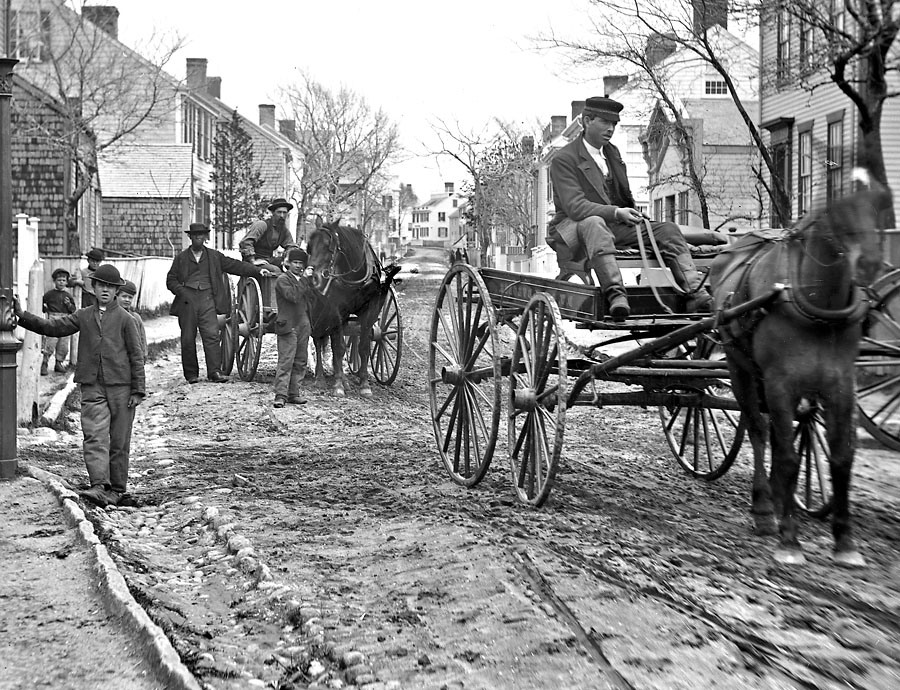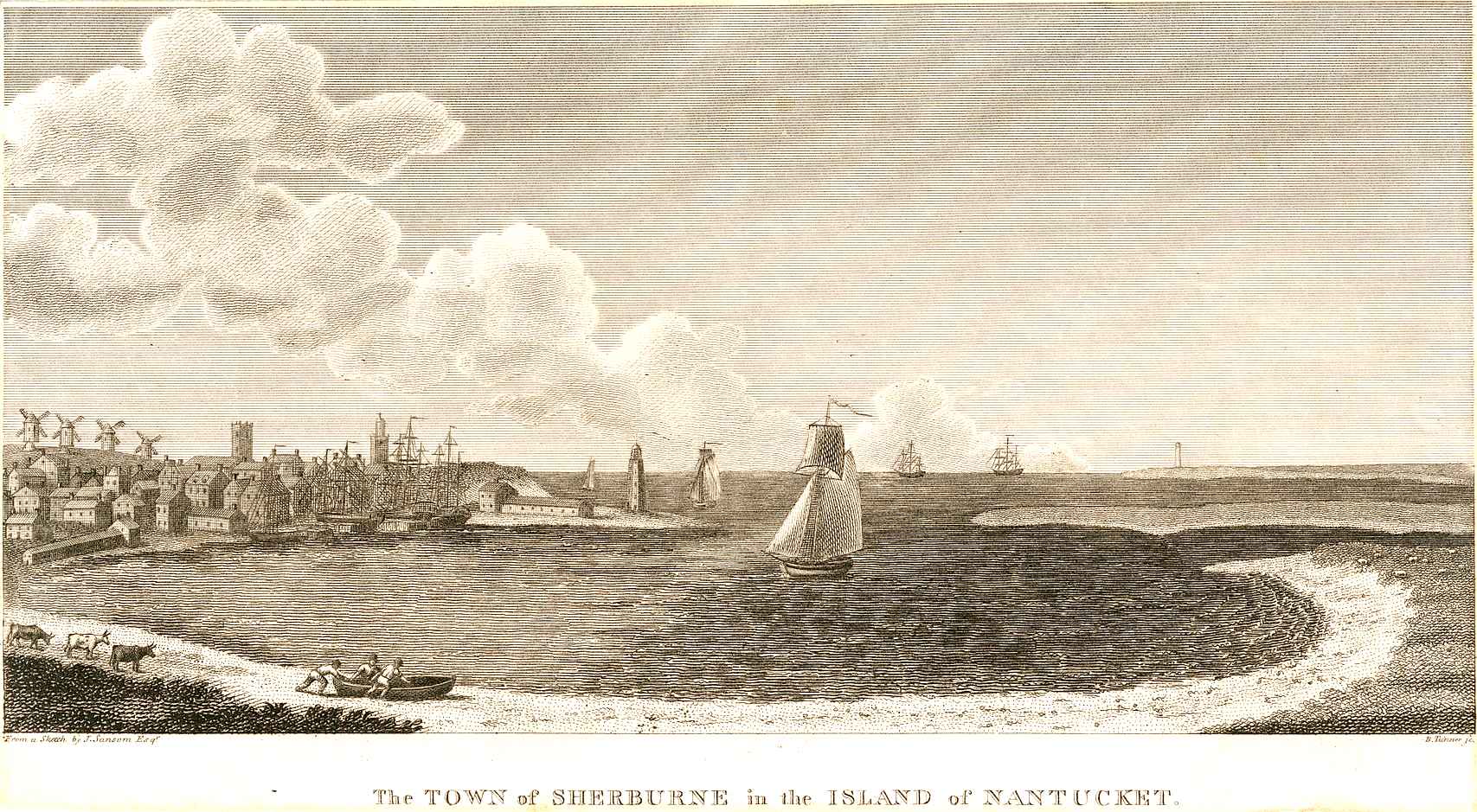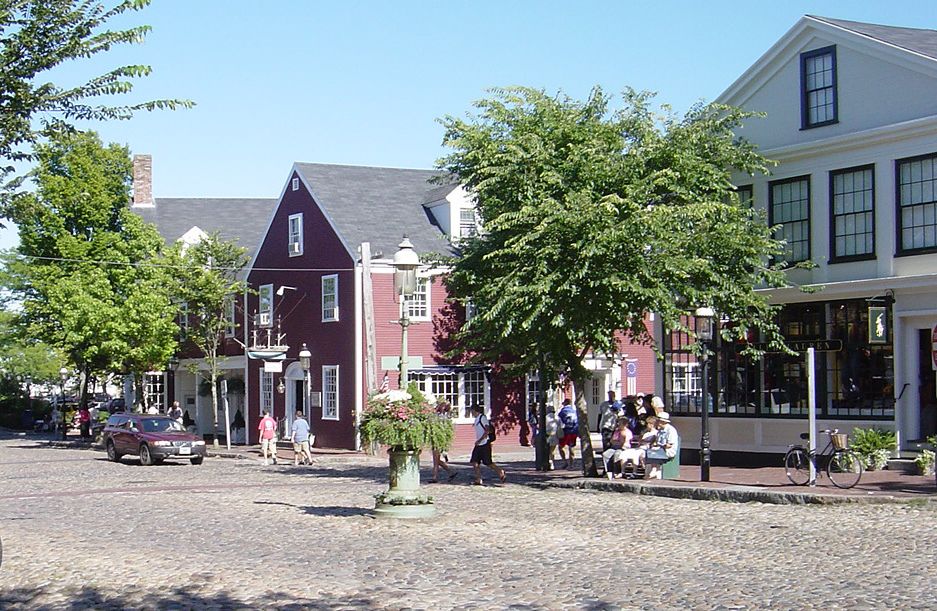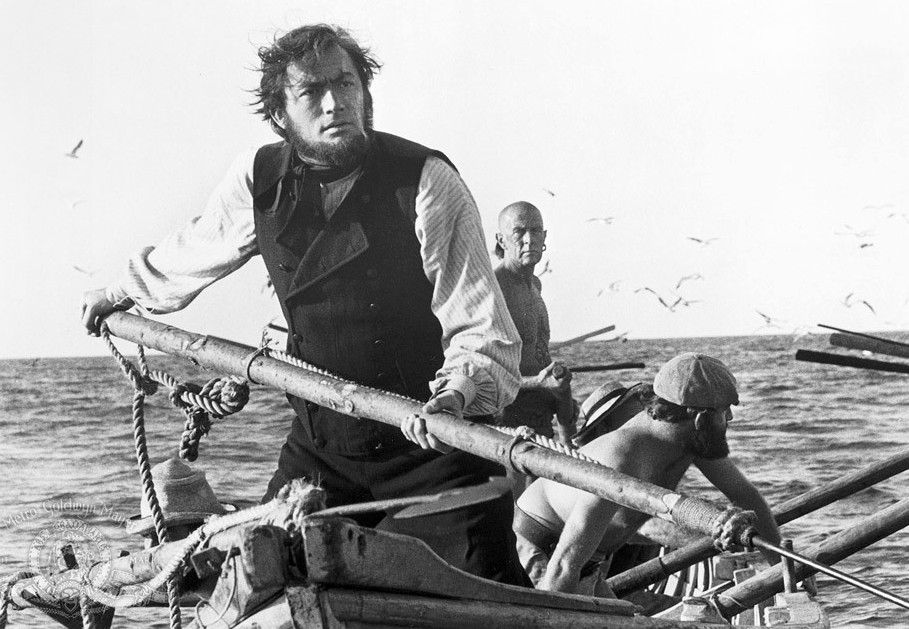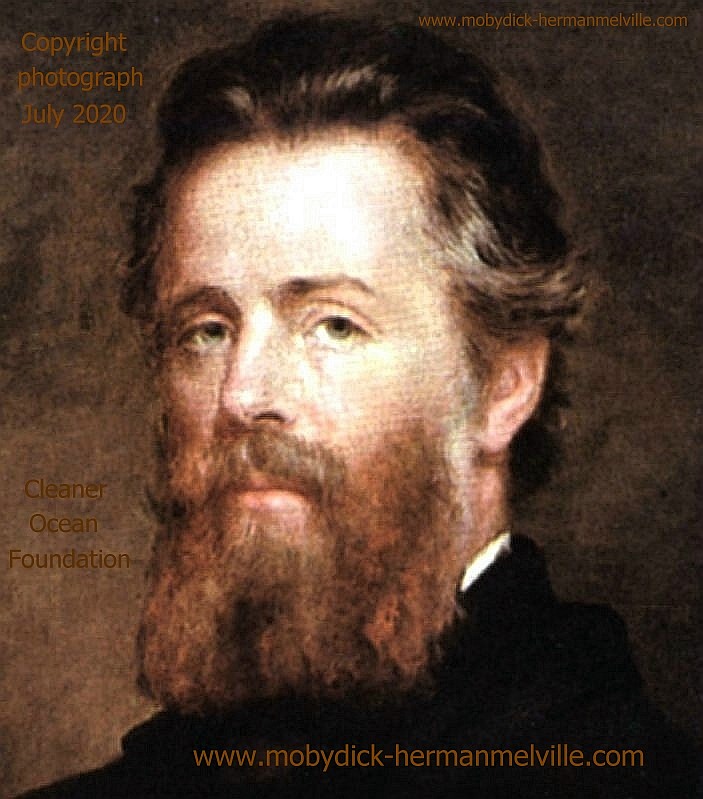|
NANTUCKET
Please use our A-Z INDEX to navigate this site
|
Nantucket in 1870
Nantucket is an island about 30 miles (50 km) by ferry south from Cape Cod, in the U.S. state of Massachusetts. Together with the small islands of Tuckernuck and Muskeget, it constitutes the Town of Nantucket, and the conterminous Nantucket County.
By 1850, whaling was in decline, as Nantucket's whaling industry had been surpassed by that of
New Bedford. The island suffered great economic hardships, worsened by the "Great Fire" of July 13, 1846, that, fueled by whale oil and lumber, devastated the main town, burning some 40 acres (16 hectares). The fire left hundreds homeless and poverty-stricken, and many people left the island. Another contributor to the decline was the silting up of the harbor, which prevented large
whaling ships from entering and leaving the port, unlike New Bedford, which still owned a deep water port. In addition, the development of railroads made mainland whaling ports, such as New Bedford, more attractive because of the ease of transshipment of whale oil onto trains, an advantage unavailable to an island. The American Civil War dealt the death blow to the island's whaling industry, as virtually all of the remaining whaling vessels were destroyed by Confederate commerce raiders.
FOUNDERS
Nantucket's settlement by the English did not begin in earnest until 1659, when Thomas Mayhew sold his interest to a group of investors, led by Tristram Coffin. The "nine original purchasers" were Tristram Coffin,
Peter Coffin, Thomas Macy, Christopher Hussey, Richard Swain, Thomas Barnard, Stephen Greenleaf, John Swain and William Pike. These men are considered the founding fathers of Nantucket, and many islanders are related to these families. Seamen and tradesmen began to populate Nantucket, such as Richard Gardner (arrived 1667) and Capt. John Gardner (arrived 1672), sons of Thomas Gardner.
Gregory Peck gives an outstanding performance as Captain Ahab, the obsessed master of the Pequod, in the 1956 movie: Moby Dick.
A BIT OF HISTORY
Moby Dick is the story of a great white sperm whale that fought back at whalers who tried to harpoon him. The idea came to Herman Melville after he spent time on a commercial whaler, where stories abounded of the sinking of the Essex in 1821 and Mocha Dick, a giant sperm whale that sank around 20 ships, before being harpooned in 1838.
Moby Dick has inspired a great many adaptations, the same basic story finding its way into the making of four films and two television adaptations.
In addition there are many comics and illustrated volumes, adapted from the original, one of which is the emerging graphic novel version of a large humpback whale called Kulo Luna.
Kulo Luna is not as big as the whales depicted in Herman Melville's Moby Dick, but she has a diamond encrusted heart of gold, only attacking whaling ships that present a danger to herself or her friends.
Herman Melville was the author of what we'd now consider an illegal activity, the commercial hunting of whales for oil and meat.
Please use our A-Z INDEX to navigate this site
|
|
This website is Copyright © 2020 Cleaner Ocean Foundation Ltd and Jameson Hunter Ltd
|
